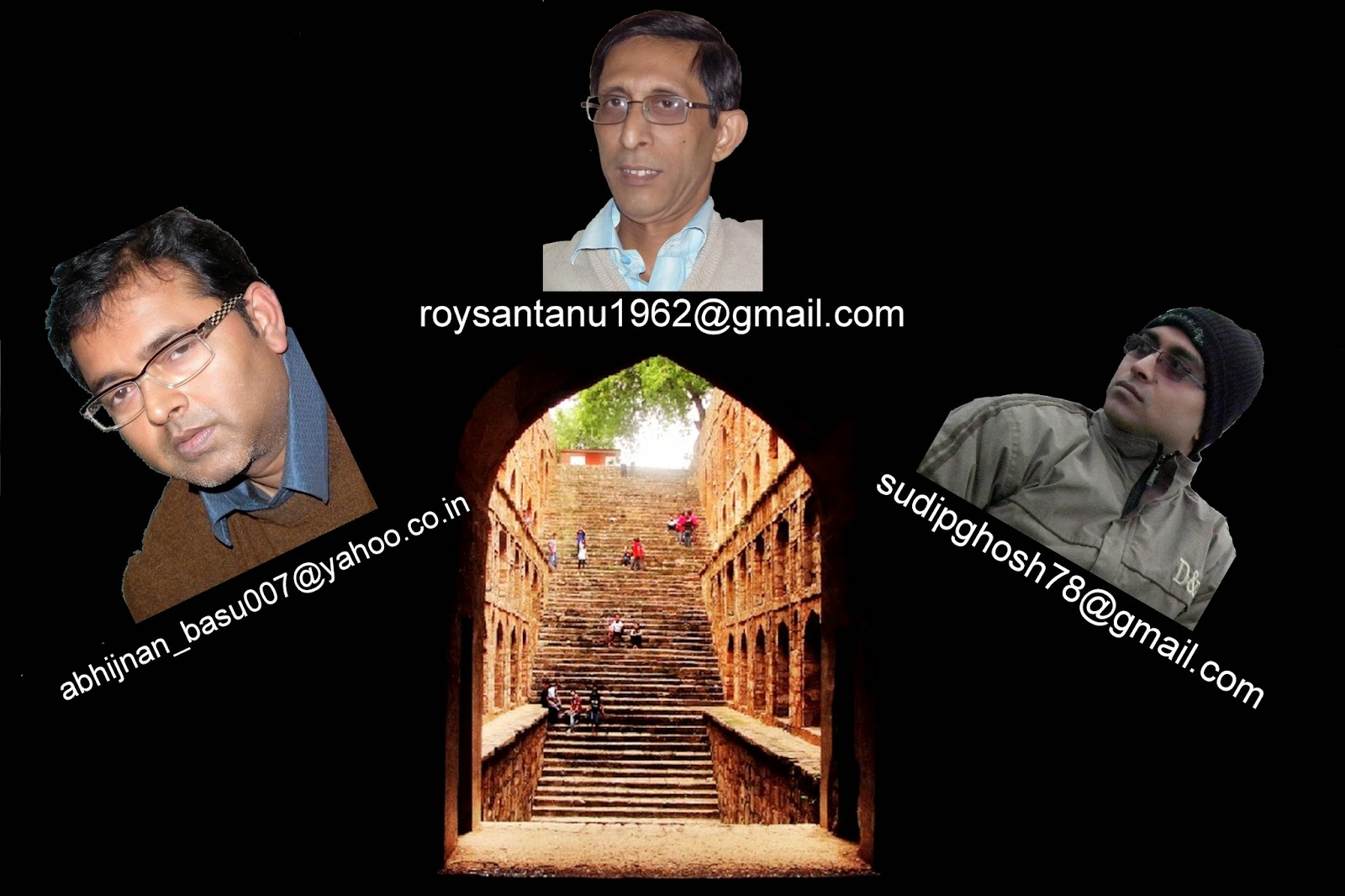The
Armenians travelled overland on the caravan route through Persia, Bactria
and Tibet, and established themselves in all the important trading centers of
the Subcontinent. On Emperor Akbar’s
expressed invitation they settled in Agra in the sixteenth century. The Emperor was
interested in their religion. Their olive-complexioned women also caught his eyes : there were more than one Armenian Begum in the imperial harem. Soon after the
foundation of Calcutta , intrepid Armenian merchants arrived there. (They had already settled at
Saidabad near Murshidabad and at Chunchura.) They build homes, business houses
and a wharf ( Armenian Ghat to this day) within a kilometer of their wooden
chapel, set up in 1707 on Old China Bazar Street.

This
church has the unique distinction of being the oldest in Kolkata, having been
built originally as a wooden structure in 1707 by public subscription and
through the efforts of Agha Nazar. It
was designed by Levon Ghevond, an Armenian architect from Persia, who was
specially brought from New Julfa near Ispahan. The entrance , from Armenian
street, leads to the centre gate of the church, beyond which is a boarded
footpath and a vestibule. In 1724 a building of brick and mortar replaced the
original wooden one. The church was renovated and restored by Aga Petrus
Aratoon in 1763. While the handsome three-dialed clock, which the steeple
accommodates, was presented by Aga Arrakiel in 1792. His generosity also helped
to build the surrounding wall and houses for the clergy.

Situated
in the midst of a typically Indian bazaar, the original site was an Armenian
cemetery. The floor of the vestibule, as well as the churchyard is a mass of
ancient-tomb stones, the earliest of which at the south-western corner outside
the main building bares the date 11th July 1630- sixty years before
the English founded and settled in Kolkata.
But its date, is astonishingly early, and its authenticity is widely
questioned. At any rate, it must have reached its present site much later, in
the nineteenth century. Most of the tomb-stones are inscribed in Armenian, and
only a few in English.


The
interior of the church, paved in marble has a circular staircase to the left
leading to the overhead gallery and mural tablets on the walls commemorating
benefactors. The centre aisle, between massive fluted
pillars and polished pews, leads to the Chancel. On the east the holy Alter,
simple and yet majestic, adorned with cross, gospels and twelve candle sticks
symbolizing Christ and his apostles. The altarpiece consists of three oil
painting by the English artist A. E. Harris depicting “The holy Trinity”, “ The Lords supper” and “ The Enshrouding of
our Lord”.


The
Armenians claim to be the first nation to have embraced Christianity as far
back as 301 A.D. During a visit of King Apcar of Armenia to Persia, he
contracted leprosy. Hearing the miracles of Jesus he dispatched messengers with
a letter confessing his belief in the divinity
of Christ and inviting him to Armenia. One of the messengers, an artist, was
instructed to paint a portrait of Christ. After repeated failures, Jesus
himself called for a napkin, held it against his face and miraculously impressed
his likeness upon it. He made this over
to the messengers together with a letter. This relic, it is said, was kept at
Edessa, then the capital of Armenia till 944A.D., when it was removed by the
Emperor Romanus of Greece to Constantinople. When the Turks captured Constantinople
in 1453, it was carried away to Italy and placed in a church in Venice, When it
is said to be preserved to this day.

















